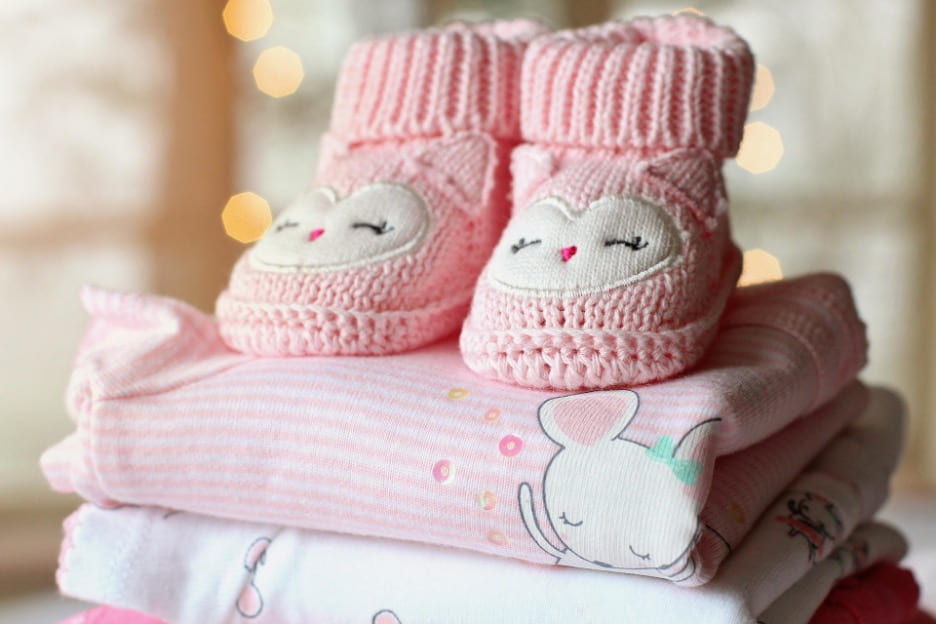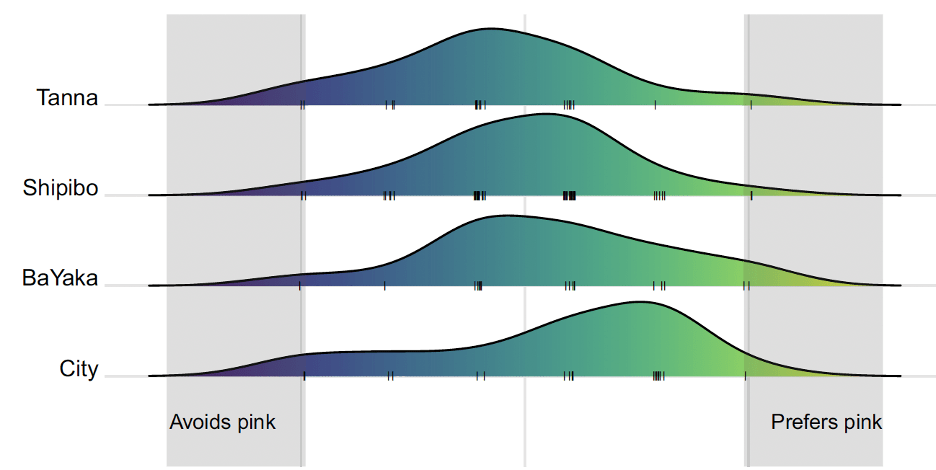We’ve all seen it before: little girls dressed head to toe in pink, surrounded by dolls, glitter, and unicorns. It seems like a natural inclination for girls to dress pink all over. I myself, as a girl, favored cold colors all the time, and my mother even wondered if there was something wrong with me. It sounded like I was not qualified to be a girl. Does a girl have to like pink? This question haunted me all the way through my childhood.

Fortunately, I was not the only person wondering this question. A group of researchers from Australia tested whether all cultures have this same tendency: Do girls like pink much more than boys? The idea is simple: if girls’ favor for pink is a mere product of culture, then it should not be consistent across all different cultures that developed independently. On the contrary, if all girls across different cultures favor pink more than boys, it is more likely to be a natural tendency.
Led by this rationale, researchers managed to find three small-scale societies all over the world: Shipibo villages in Lake Imiria, Peru; Bayaka foragers in the northern Republic of Congo; Kastom villages on Tanna Island, Vanuatu. These three societies are considered relatively independent from each other and not quite impacted by the global culture. On the other hand, researchers collected data from a control group in Brisbane City, Australia, a modern city highly influenced by global culture. These small-scale societies are relatively independent in the way that they are rarely exposed to languages and activities from other cultures, such as people, education systems, literature, art, or customs. They are typically far away (usually hundreds of miles away) from urban centers in that greater region, where most people do not receive education from global culture typical systems, do not use mass media like television, internet, or radio, and very rarely buy and use mass-produced items such as factory-produced clothes.

How to measure children’s preference in color? Researchers recruited translators from local communities who speak both local languages and English. Translators introduced local children they personally know from 4 to 7 years old to the study, and researchers communicated with the children through the help of the translators. The children typically saw two colors (pinkish vs. bluish) in a pair printed on a large piece of paper and were asked to point out which color they preferred.
The researchers examined children’s preference for pink across different colors. Do children from small-scale societies also prefer pink like children from Brisbane? The results are very intriguing: children from none of the three small-scale societies showed a strong preference or avoidance for pink color, regardless of their gender. The picture below shows the preference for pink among all the girls in different societies.

Boys from these smaller societies, similar to girls, did not prefer either color more than the other, as shown in the picture below. This is dramatically different from the children in the big urban area. The children from Brisbane have a gender bias of color preference compared to their peers in smaller-scale societies – girls preferred pink (see the last row in the picture above), and boys avoided pink (see the last row in the picture below), both to a very strong extent.

This is a surprising contrast to those who hold the opinion that girls are born to love pink. In fact, among the children that have been tested across many countries, the age when pink favor could be observed is at least 2.5 years old; it also seems to be exclusive to children and usually does not extend to adult females. There are social and cognitive theories explaining how children learn from their environments, especially this gender-color connection. The more pinky choices for girls and the more pinky fashions in the class mean stronger pink favor among the girls.
Another intriguing part of this study is how boys are taught by the global culture to avoid pinky colors. Children tend to avoid colors that represent the opposite sex of their own. “Pink for girls” does not only affect the development of girls, but all children at once. Compared to smaller-scale societies without social cues of color-sex connection, children show diverse preferences regardless of their own sex, and this in turn shows us the unnecessary constraint we put on children when we produce gender-exclusive toys and fashion trends for children. I myself had to question if I was qualified to be a girl, while boys who loved pink had to either change their taste or keep it to themselves.
Fortunately, people are becoming more aware of how gender stereotypes affect our children, and that would surely help us release this constraint. I wish to see the day when children’s favorite colors are just because of their preference, not their gender.
References:
Edited by Brianna Best and Taylor Woodward

Leave a Reply